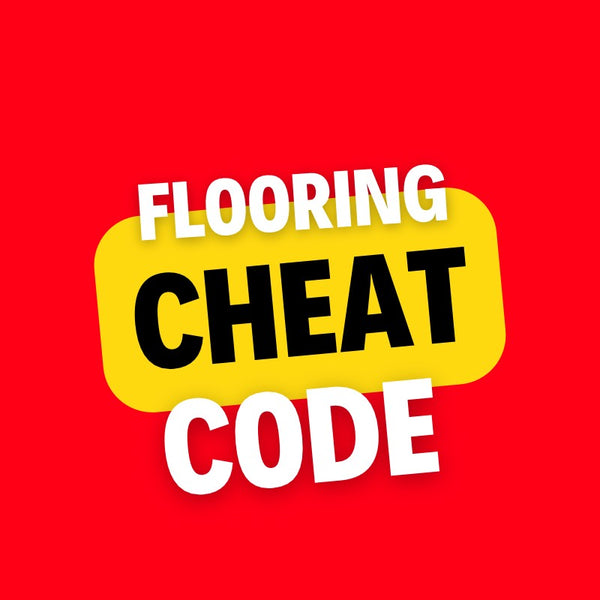Should You Get Carpet Padding? And What Type is Best? A Complete Guide
When investing in new carpet, it's easy to focus solely on the surface material. However, the unsung hero of a comfortable and long-lasting carpet installation is often overlooked: carpet padding. So, should you get carpet padding? And if so, what type is best for your needs? Let's dive in.
The Undeniable Importance of Carpet Padding
The answer to whether you should get carpet padding is a resounding yes! It's not an optional extra; it's an essential component of a proper carpet installation. Here’s why:
- Increased Comfort and Cushioning: Carpet padding provides a soft, plush feel underfoot, enhancing the overall comfort of your carpet.
- Extended Carpet Lifespan: Padding acts as a shock absorber, reducing wear and tear on the carpet fibers and preventing premature matting.
- Improved Insulation: Carpet padding provides thermal insulation, helping to keep your home warmer in the winter and cooler in the summer.
- Noise Reduction: Padding absorbs sound, reducing noise transmission between floors and rooms.
- Enhanced Carpet Stability: Padding provides a stable base for the carpet, preventing wrinkles and ripples.
- Protection for Subfloor: Padding protects the subfloor from wear and tear caused by the carpet backing.
Choosing the Right Type of Carpet Padding
Not all carpet padding is created equal. The best type of padding for your home depends on several factors, including the type of carpet, the level of traffic, and your budget. Here are some common types:
-
Foam Padding:
- Pros: Affordable, provides good cushioning, suitable for light to medium traffic areas.
- Cons: Less durable than other types, may compress over time, not ideal for heavy traffic.
- Types: Urethane foam, bonded urethane foam (rebound).
-
Fiber Padding:
- Pros: Durable, resistant to moisture and mold, hypoallergenic, suitable for heavy traffic areas.
- Cons: Can be firmer than foam padding, may not provide as much cushioning.
- Types: Natural fibers (jute, wool), synthetic fibers.
-
Rubber Padding:
- Pros: Extremely durable, excellent cushioning, resistant to moisture and mold, ideal for high-traffic areas and basements.
- Cons: More expensive than other types, can be heavy and difficult to install.
- Types: Slab rubber, waffle rubber.
-
Memory Foam Padding:
- Pros: Excellent comfort and cushioning, conforms to the shape of your feet, reduces pressure points.
- Cons: More expensive than other types, may not be suitable for all carpet types.
Factors to Consider When Choosing Padding:
- Carpet Type: The type of carpet you choose will influence the type of padding you need. For example, thicker carpets may require thinner padding.
- Traffic Level: High-traffic areas require more durable padding.
- Budget: Carpet padding prices vary depending on the type and quality.
- Thickness and Density: Higher density padding provides better support and durability.
- Moisture Resistance: If you're installing carpet in a basement or other damp area, choose moisture-resistant padding.
In Conclusion:
Investing in quality carpet padding is a wise decision that will enhance the comfort, longevity, and overall performance of your carpet. By understanding the different types of padding and considering your specific needs, you can choose the best option for your home.
Ready to enhance your carpet installation? Browse our selection of high-quality carpet installation tools and ensure you have everything needed for a perfect job! Check out the deals we have at flooringcheatcode.com
